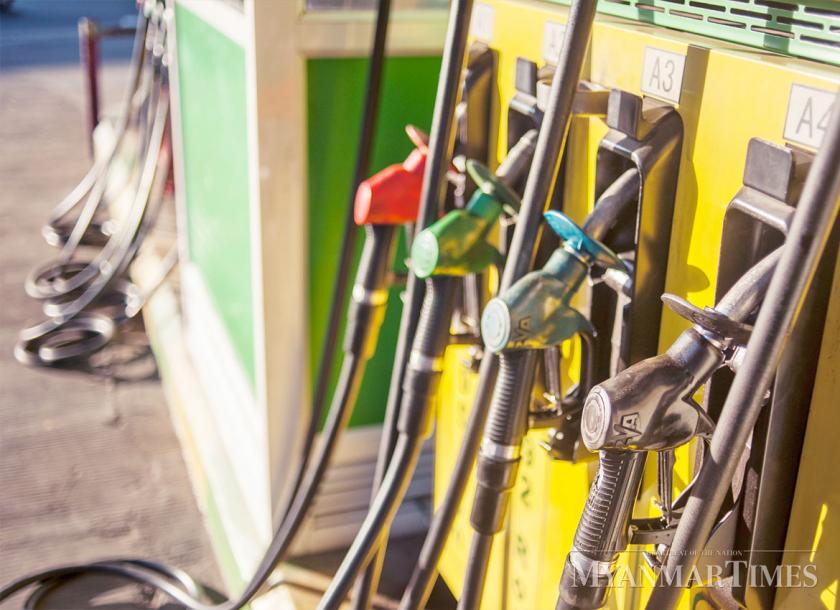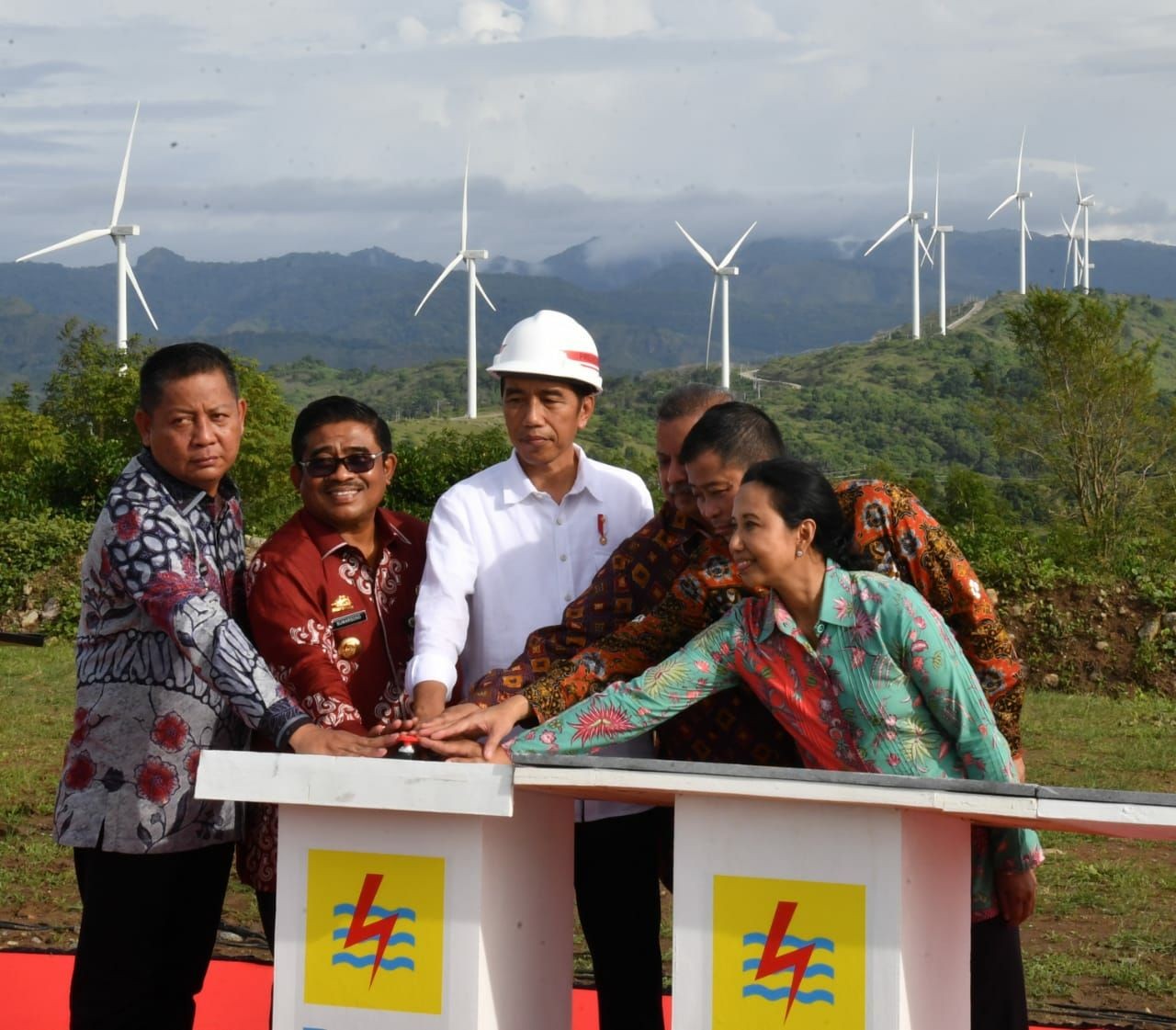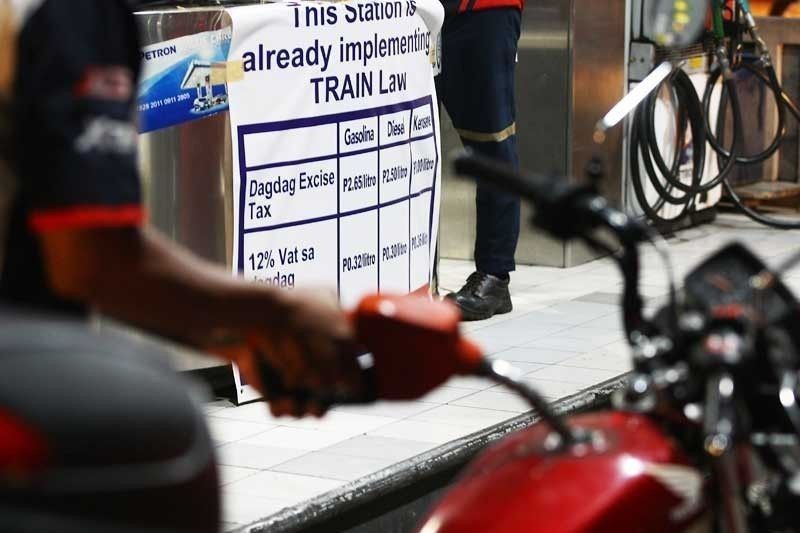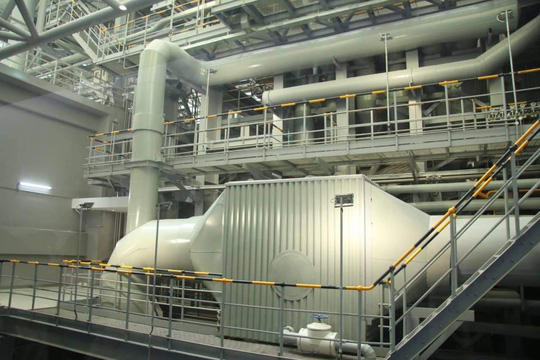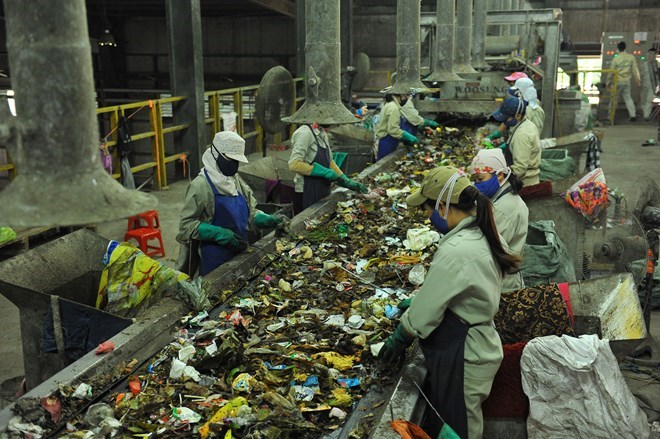The Philippines’ energy ministry has approved the bid from local fuel retailer Phoenix Petroleum and China’s CNOOC to build the country’s first liquefied natural gas (LNG) import terminal.
The $2 billion regasification and imports terminal will be built south of the capital of Manila, featuring a capacity to handle 2.2 million tonnes per annum (Mtpa) of LNG. The plant is expected to start operations in 2023, Phoenix said Friday, in a regulatory filing.
The project will be developed and operated by a joint venture formed by Phoenix’s Tanglawan Philippine LNG and CNOOC Gas and Power Group. The companies signed a memorandum of understanding to develop the facility last June, Kallanish Energy notes.
The government’s approvals are crucial for the replacement of the declining indigenous gas production, estimated to run out as early as 2024.
Phoenix said long-term, the project will also feature a natural gas power plant with capacity to generate 2,000 megawatts (MW) of electricity.
“The (LNG) terminal is only Stage 1 of our plans for the facility. We will develop it to become an LNG hub, giving Filipinos access to low-cost and environmental-friendly energy supply,” said Phoenix’s chief operating officer, Henry Fadullon.


